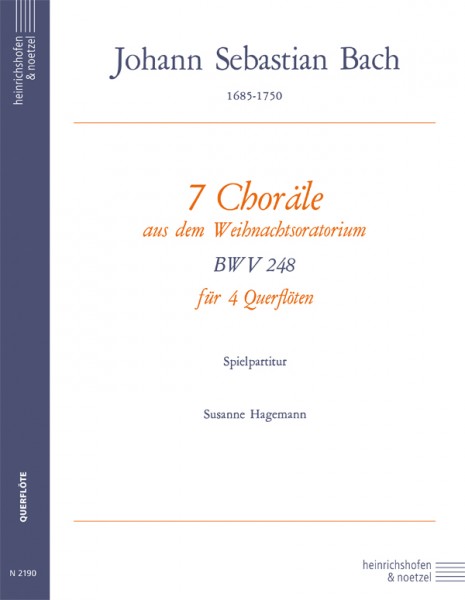No results were found for the filter!

Werner Heider
X Aphorismen und Joloskarande Flute | Alto flute
With the "Aphorisms" written in 2007 and the "Joloskarande" composed for friends in 2004, Werner Heider presents further interesting pieces for flute.
Mehr €9.60 *
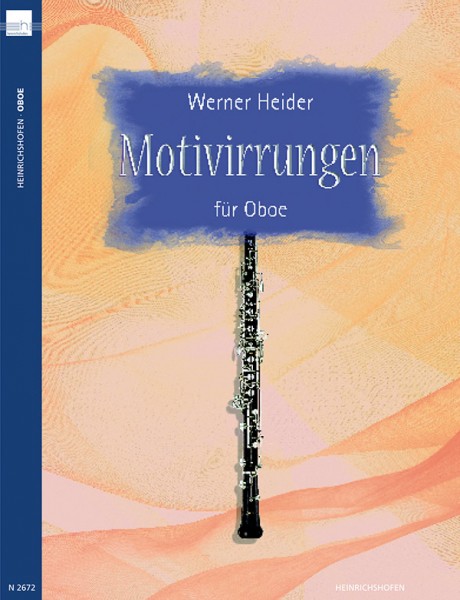
Werner Heider
Motive errors Oboe
Three notes - the unison motif of the 1st oboist of the Nuremberg Philharmonic Orchestra, Paulo Arantes - were the inspiration for this piece, which was premiered on 24 January 2010 in a concert on the occasion of Werner Heider's 80th birthday.
Mehr €8.50 *

Werner Heider
Three-flute blues 3 flutes
The 80th birthday of Werner Heider's friend Gerhard Braun was the occasion for the composition of ‘ Three-Flute Blues’. Nevertheless, art blues for three flutes is aimed at all ambitious flute players who want to expand their classical repertoire with new pieces in the blues style. Here the musicians can interpret modern blues and familiarise themselves with blues rhythms and modern playing techniques.
Mehr €8.90 *
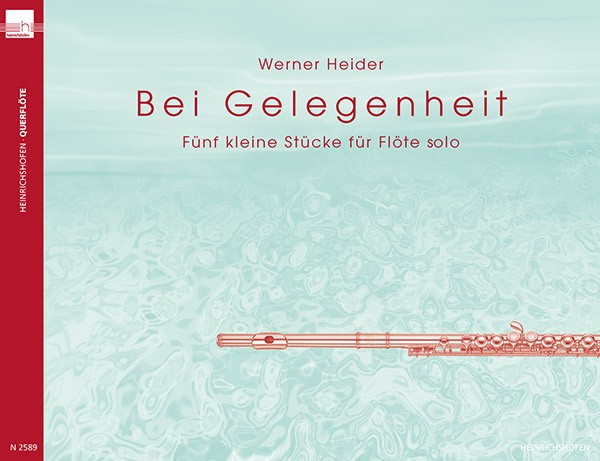
Werner Heider
On occasion Flute (solo)
Werner Heider composed these 5 short pieces for various occasions. Performances for a wide variety of occasions are also conceivable. Content: - Up-Trump - 70 tones to the Mellennium - Lifeline - concept - Vernissage
Mehr €9.60 *
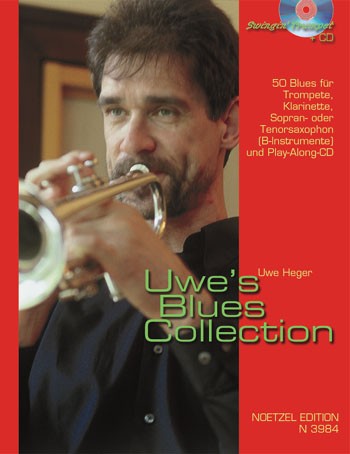
Uwe Heger
Uwe's Blues Collection 57 Blues für Trompete, Klarinette, Sopran- oder Tenorsaxophon (B-Instrumente) und Play-Along-CD CD einzeln: N 3985 Inhalt: Ain't got no problems man Annie's blues Be honest Be smart Blues express Buzz off Cool down Cool school Dig in Don't be so stereotype Don't bother me Easy goin' Feel slow Fiday blues First of all Full speed Get a job Get away Hammer on my head Here is my sexy girl Hiccup blues I feel sorry I love bluesberries I miss you I'm not as black as i'm painted I've had a dream Knock out Leave me alone Marcel's blues My honey New york No comment No excuse No hurry On the road Quite the thing Rock it Sad at all Say it short See you later Shit happened So sentimental Stay strong Still alive Take a break Take an Aspirin Take it easy That's all about That's the way it is The same old story Think about it Thrill the thrill Uwe's blues What a bitch Wild love You are my very first date You've got it
Mehr €19.90 *
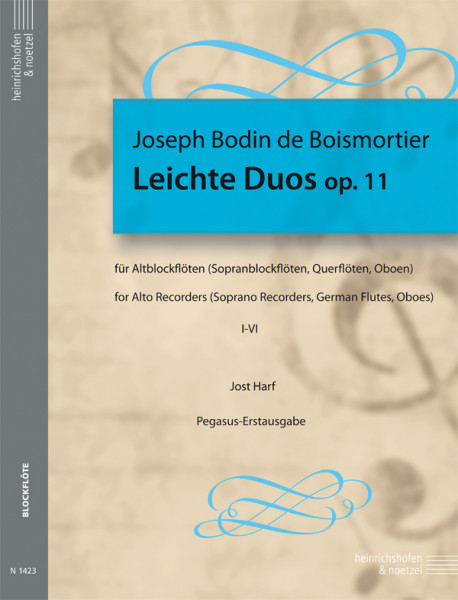
Joseph Bodin de...
Leichte Duos op. 11 2 Altblockflöten (Sopranblockflöten, Querflöten, Oboen)
Die erstmals im Jahr 1726 in Paris erschienenen Duette op. 11 von Joseph Bodin de Boismortier sind für alle Arten von Melodieinstrumenten geschrieben. Blockflöten, Querflöten und Oboen sind neben den französischen Rokoko-Modeinstrumenten Dudelsack und Drehleier ausdrücklich im Originaltitel genannt. Selbstverständlich können auch Geigen oder Diskantgamben diese Stücke spielen. Es können gleichartige oder verschiedene Instrumente musizieren. Wegen ihres geringen technischen Schwierigkeitsgrades eignen sich die Suiten vorzüglich als Übungsstücke für den Anfangsunterricht.
Mehr €12.90 *

Philbert de Lavigne
Drei Sonaten op. 2 Nr. 4-6 Inhalt: - La Beaumont C-Dur - La Persan G-Dur - La Simianne" G-Dur
Mehr €14.50 *
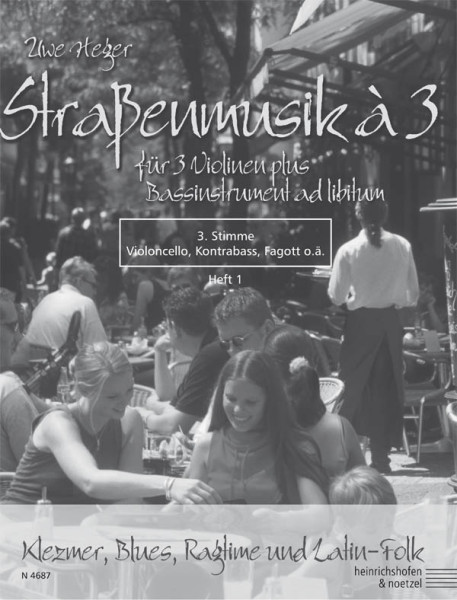
Uwe Heger
Street music à 3 - extra part, 3. part violoncello 3. Stimme
This attractive and varied collection of 25 trios offers variety for every occasion of ensemble playing (leisure, lessons, concerts, festivals). Playing from the score is easy without having to turn the pages. Content: 1. Land Of Milk And Honey 2. teatime rag 3. tango mejicano 4. Blues Express 5. the lost years 6. café au lait rag 7. habanera de la morrina 8th You-Never-Walk-Alone-Blues 9th Final Embrace 10. hot chocolate rag 11th Llamame 12. take a break 13 Mother's Postcard 14 Tango Santiago 15. latte macchiato rag 16. tango melancolico 17th I Love Fried Potatoes 18. quiet love 19. champagne rag 20. nigun dia sin ti 21 I'm Not As Black As I'm Painted 22 A Night In Jerusalem 23 Sunrise 24. Lit's Go Slow 25. to Friederike The score and the following individual parts for variable instrumentation are available:
Mehr €7.00 *
Viewed




